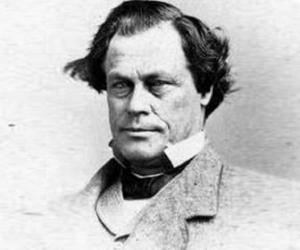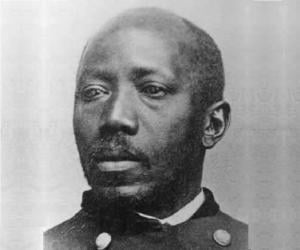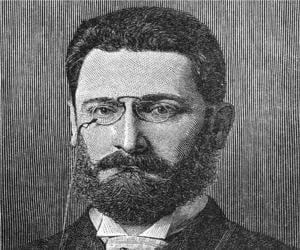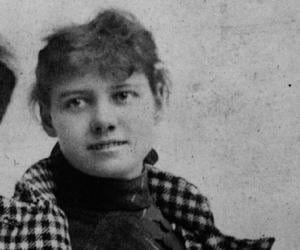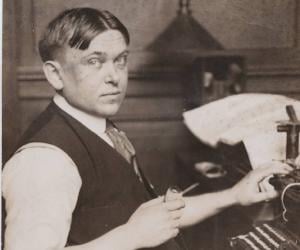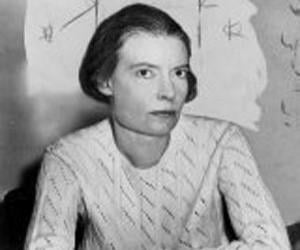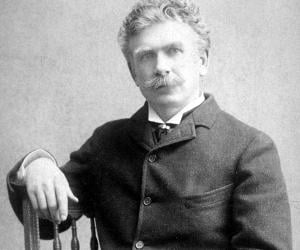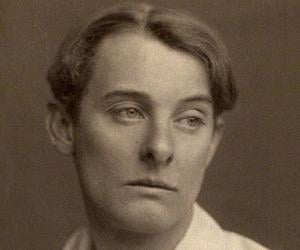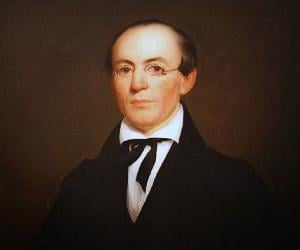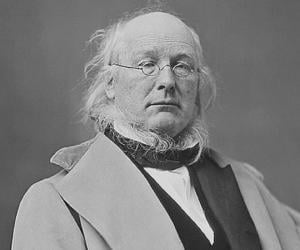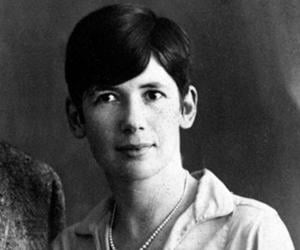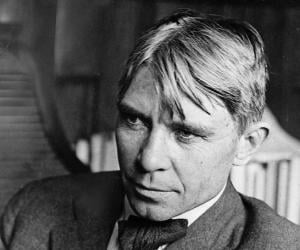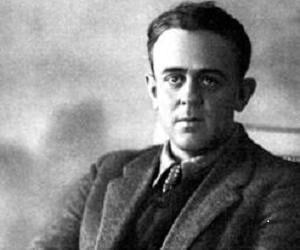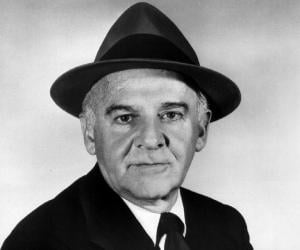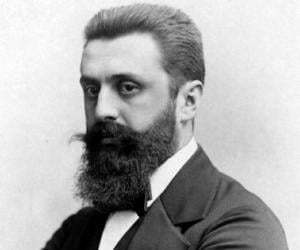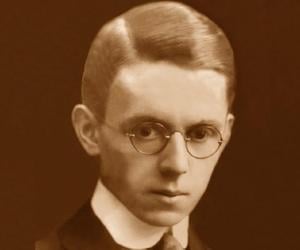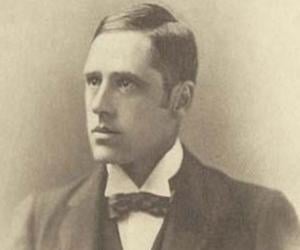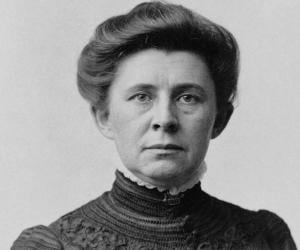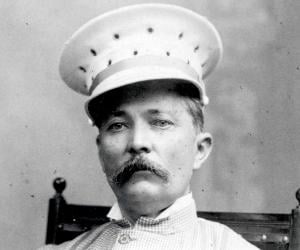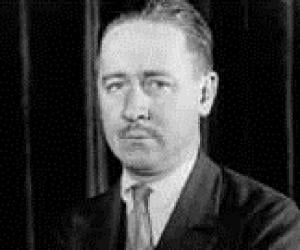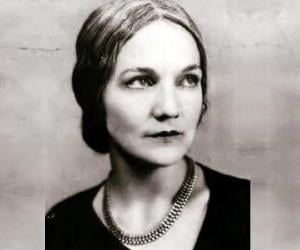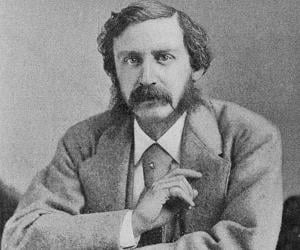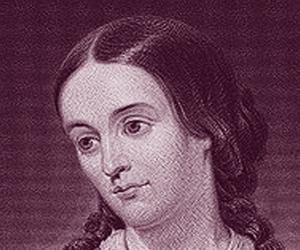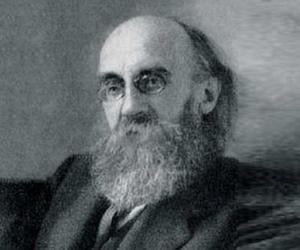Joseph Pulitzer was a newspaper publisher who became a national figure in the Democratic Party after crusading against corruption and big business. Pulitzer is also credited with founding the Columbia School of Journalism. The world-renowned Pulitzer Prizes, which are awarded annually to reward excellence in various fields, are named in his honor.
Nellie Bly was an American industrialist, journalist, inventor, and charity worker. She is remembered for her circumnavigation of the world in 72 days. She is also known for pioneering a new kind of investigative journalism as she worked undercover from within a mental institution to report on the institution. Nellie Bly’s life and work have inspired several works of art.
H. L. Mencken was an American journalist, cultural critic, essayist, satirist, and scholar of American English. His reporting on the Scopes Trial earned him national recognition. The trial came to be known as the Scopes Monkey Trial as Mencken had nicknamed it Monkey Trial in accordance with his satirical reporting of the trial.
Dorothy Day was an American social activist, journalist, and anarchist. She is best remembered for co-founding the Catholic Worker Movement along with French activist Peter Maurin. She also co-founded a newspaper called Catholic Worker and served as its editor between 1933 and 1980. In 2001, Dorothy Day was made an inductee of the National Women's Hall of Fame.
Alfred Douglas was an English journalist and poet best remembered as one of the lovers of famous Irish poet Oscar Wilde. Douglas played an important role in Wilde's imprisonment for homosexuality. Alfred Douglas' father John Sholto Douglas abhorred his son's relationship with the Irish poet and publicly accused the latter of homosexuality, which was illegal at that time.
William Lloyd Garrison was an American journalist, abolitionist, social reformer, and suffragist. He is best remembered for founding The Liberator, an anti-slavery newspaper, which was published from 1831 to 1865. He also co-founded the American Anti-Slavery Society which helped fight slavery in the United States. In the 1870s, William Lloyd Garrison was an important figure in the women's suffrage movement.
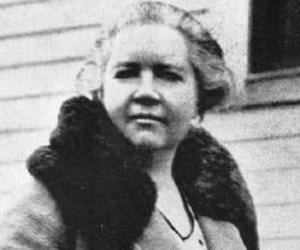
Horace Greeley was an American publisher and newspaper editor. He is credited with founding the New-York Tribune, for which he also served as an editor. He is also credited with popularizing the New-York Tribune, which became the highest-circulating newspaper in America. Long active in politics, Greeley helped found the Republican Party in 1854.
Carl Sandburg had begun working since age 11 and been employed in various odd jobs, such as a truck driver, a harvester, and a brickyard hand, before being part of the Illinois Infantry. The two-time Pulitzer-winning poet and biographer late also won a Grammy for his recording of Lincoln Portrait.
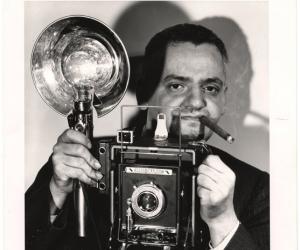
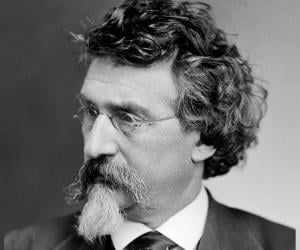
Mathew Brady was an American photographer who captured the American Civil War through his lenses. One of the earliest photographers in the history of the US, Brady is credited with taking pictures of prominent personalities like Abraham Lincoln, William McKinley, and Andrew Jackson. Dubbed the father of photojournalism, Mathew Brady was the most renowned American photographer during the 19th century.
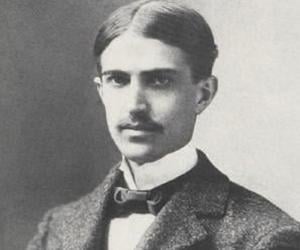
Initially a budding lawyer, Theodor Herzl later deviated toward literature and also worked as a journalist. The anti-Semitism he witnessed in France, along with the Dreyfus affair, pushed him into Zionism. His will mentioned he wished for a no-frills funeral that would have no flowers or speeches.
Remembered for the legendary poems Waltzing Matilda and The Man from Snowy River, Andrew Barton “Banjo” Paterson was an Australian bush poet who depicted rural life through his works. Initially a law clerk and a journalist, he later adopted the pseudonym Banjo, which was his favorite horse’s name.
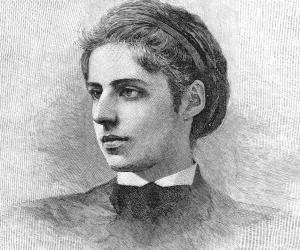
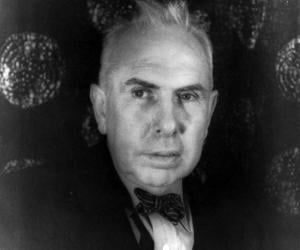
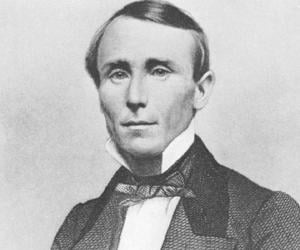
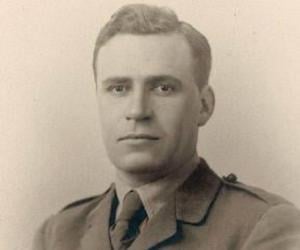
Apart from being the father of media mogul Rupert Murdoch, Keith Murdoch was a talented journalist in his own right, who gained fame as a political correspondent for the Sydney Sun. He is also known for carrying the controversial Gallipoli letter to London. He later led The Herald and Weekly Times.
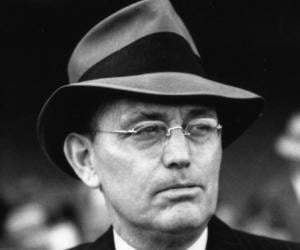
Henry Morton Stanley was a Welsh-American explorer, journalist, colonial administrator, soldier, politician, and author. He is remembered for his exploration of central Africa and his search for the source of the River Nile. Stanley received an honorary title of knighthood in 1899. His life and career inspired the 1939 movie Stanley and Livingstone, where Stanley was played by Spencer Tracy.
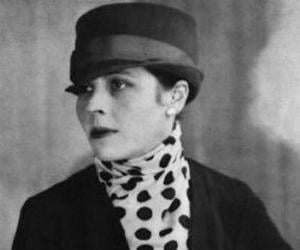
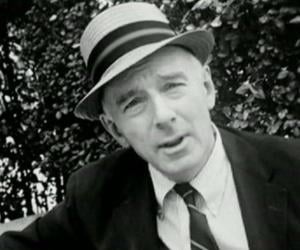
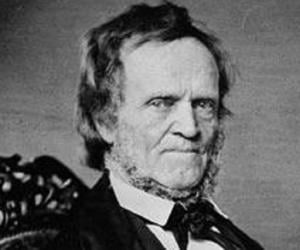
Born in Scotland, William Lyon Mackenzie moved to Canada as a merchant but soon got involved in the country’s politics. He later stepped into journalism and launched his own newspaper, the Colonial Advocate. He spearheaded the Canadian Rebellion of 1837, a failed uprising against the Canadian government.
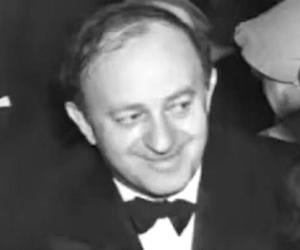
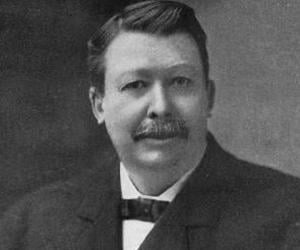
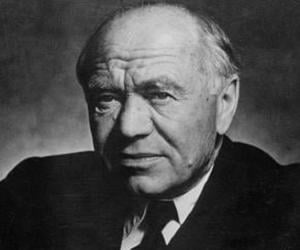
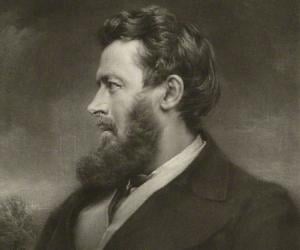
Born to Stuckey's Bank MD Walter Bagehot was initially part of his father’s shipping and banking business. He later became the editor-in-chief of The Economist and married the publication’s founder James Wilson’s daughter. He penned path-breaking works such as Lombard Street and The English Constitution and co-established National Review.
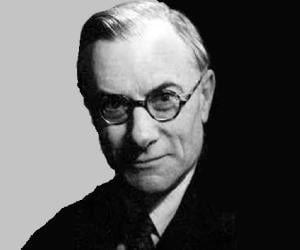
Best known for his 14-volume book A History of Soviet Russia, British historian and diplomat E. H. Carr had been part of the Foreign Office for a long time, before stepping into the academic world. He had also been an assistant editor of The Times and a fellow of both Oxford and Cambridge.
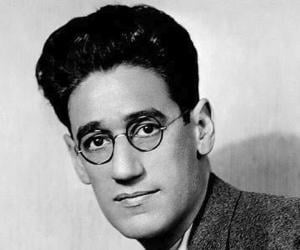
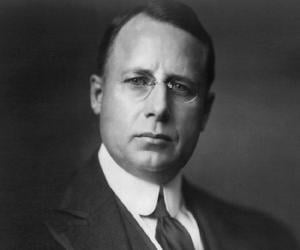
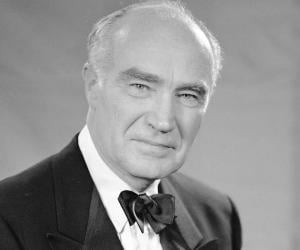
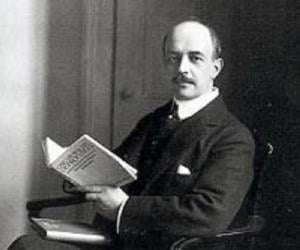
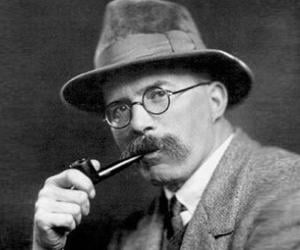
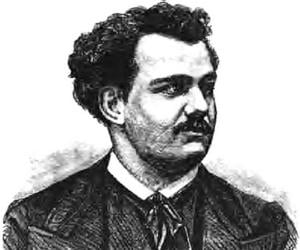
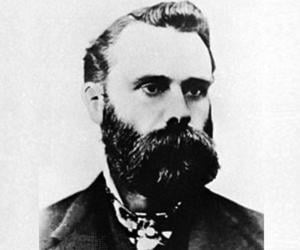
Margaret Fuller was an American journalist, critic, editor, women's rights advocate, and translator. She is best remembered for her association with the transcendentalism movement. Her 1843 book Woman in the Nineteenth Century is widely regarded as the first major feminist book in the USA. An advocate of women's rights, Margaret Fuller was the first female war correspondent in the USA.
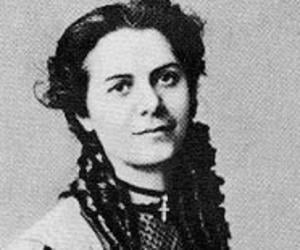
Kurt Eisner was a German politician, theatre critic, journalist, and revolutionary. He is credited with organizing the Socialist Revolution, which played an important role in overthrowing Bavaria's Wittelsbach monarchy in 1918. His role in the Socialist Revolution made him a symbol of the Bavarian revolution.
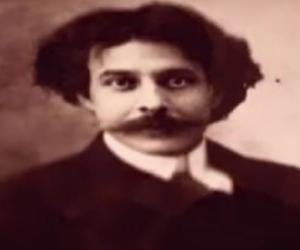
Known as one of the co-founders of Vorticism, a London-based art movement, author-painter Wyndham Lewis is best remembered for his books such as Tarr and The Apes of God. His paintings mingled features of Cubism and Futurism. In his later life, a pituitary tumor made him blind and practically ended his career.
